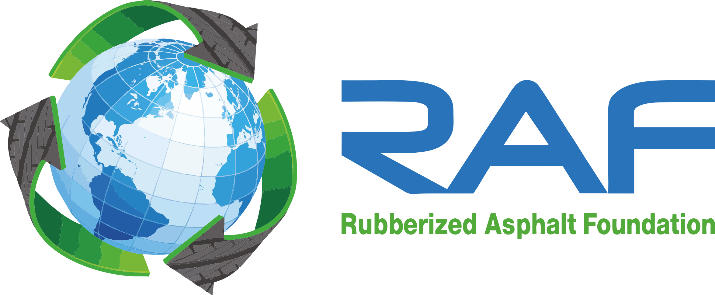This paper describes a study to investigate the influence of field aging on the fatigue performance of asphalt concrete and asphalt-rubber concrete. Two California mixes were investigated: 1) Conventional asphalt concrete dense-graded mix (CAC-DG) and 2) Asphalt-rubber hot mix gap-graded (ARHM-GG). Laboratory fatigue tests were conducted on beam specimens obtained from a 10-year old pavement section in southern California. Both stiffness and fatigue were determined using controlled-strain fatigue beam tests performed at 22oC and –2oC. Results were compared with previously published data for the original (unaged) materials. Stiffness and fatigue data were also used in pavement analysis in order to assess the influence of aging on predicted fatigue performance. Results indicate that field aging reduced the beam fatigue resistance of CAC-DG and to a lesser extent, ARHM-GG. Aging effects on beam fatigue life were more severe at –2oC than at 22oC. The influence of aging on predicted pavement fatigue life depends not only on the stiffness of the mix and its fatigue properties but also on the stiffness or layer moduli of the pavement components. For new pavement construction and overlaid pavement sections, longer fatigue life predictions were obtained for ARHM- GG than CAC-DG, for both aged and unaged conditions. Aging of the CAC-DG could be detrimental to pavement fatigue. In comparison, aging of ARHM-GG showed increased fatigue life performance.
